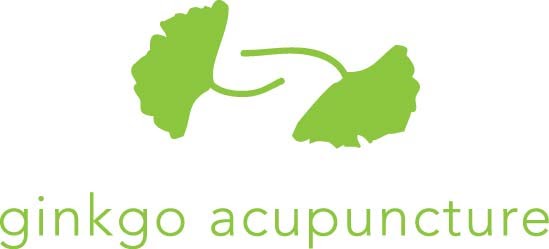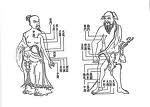Opposites Attract

The Taiji, or Yin Yang symbol as it's known in the west, is familiar to just about everyone. But what do those fish-like swirls and dots really mean? In Taoism, the beginning of the universe is represented as the Wuji, an empty circle. It symbolizes a great void, literally "lack of extremes." Following the Wuji is the Taiji, representing the nature of Yin and Yang, literally "ultimate extremes,” the dynamic universe as it is today.
The theory of Yin and Yang dates back more than 6,000 years. Yin and Yang are opposites, traditionally described as the shady side of the mountain and the sunny side of the mountain, respectively. Everything in the universe can be categorized as Yin or Yang when coupled with another, because everything in the universe is relative. For example:
Yin is cold, receptive, slow, dark, night, the moon, feminine, north, water.
Yang is hot, active, fast, light, day, the, sun, masculine, south, fire.
However, there is also always Yang within Yin, and Yin within Yang. Take the seasons, for example. Winter is considered Yin (cold) and spring is considered Yang within Yin (cold with growing warmth). Summer is Yang (hot), and fall is Yin within Yang (hot with growing coolness).
Yin and yang are mutually dependent. It is impossible to describe one without the other. What is hot without cold? We can't think about night without reference to day. Yin and Yang are constantly in motion and changing. Night turns into day, day turns into night. A sapling pushes forth into the world and continues to grow and mature into a tree, harnessing Yang energy, until growth ends and the process of decline begins, with an increase in Yin energy, eventually decomposing and turning back into soil. The cycle continues.
Let's revisit the Taiji (Yin Yang) symbol again. The visual attributes are meant to remind one of the essential nature of Yin and Yang. Each contains the essence of the other and they are continuously transforming into each other, supporting and controlling each other. The black, Yin, dot within the white, Yang, swirl reminds us that there is a seed of Yin within Yang, waiting to grow, and vice versa. It is the most important symbol in Taoism because it represents the nature of the universe and the understanding that the only constant factor in nature is change.
I hope that this will help you appreciate the simple, complex beauty of the Taiji the next time you come across this ubiquitous symbol!
The theory of Yin and Yang dates back more than 6,000 years. Yin and Yang are opposites, traditionally described as the shady side of the mountain and the sunny side of the mountain, respectively. Everything in the universe can be categorized as Yin or Yang when coupled with another, because everything in the universe is relative. For example:
Yin is cold, receptive, slow, dark, night, the moon, feminine, north, water.
Yang is hot, active, fast, light, day, the, sun, masculine, south, fire.
However, there is also always Yang within Yin, and Yin within Yang. Take the seasons, for example. Winter is considered Yin (cold) and spring is considered Yang within Yin (cold with growing warmth). Summer is Yang (hot), and fall is Yin within Yang (hot with growing coolness).
Yin and yang are mutually dependent. It is impossible to describe one without the other. What is hot without cold? We can't think about night without reference to day. Yin and Yang are constantly in motion and changing. Night turns into day, day turns into night. A sapling pushes forth into the world and continues to grow and mature into a tree, harnessing Yang energy, until growth ends and the process of decline begins, with an increase in Yin energy, eventually decomposing and turning back into soil. The cycle continues.
Let's revisit the Taiji (Yin Yang) symbol again. The visual attributes are meant to remind one of the essential nature of Yin and Yang. Each contains the essence of the other and they are continuously transforming into each other, supporting and controlling each other. The black, Yin, dot within the white, Yang, swirl reminds us that there is a seed of Yin within Yang, waiting to grow, and vice versa. It is the most important symbol in Taoism because it represents the nature of the universe and the understanding that the only constant factor in nature is change.
I hope that this will help you appreciate the simple, complex beauty of the Taiji the next time you come across this ubiquitous symbol!













